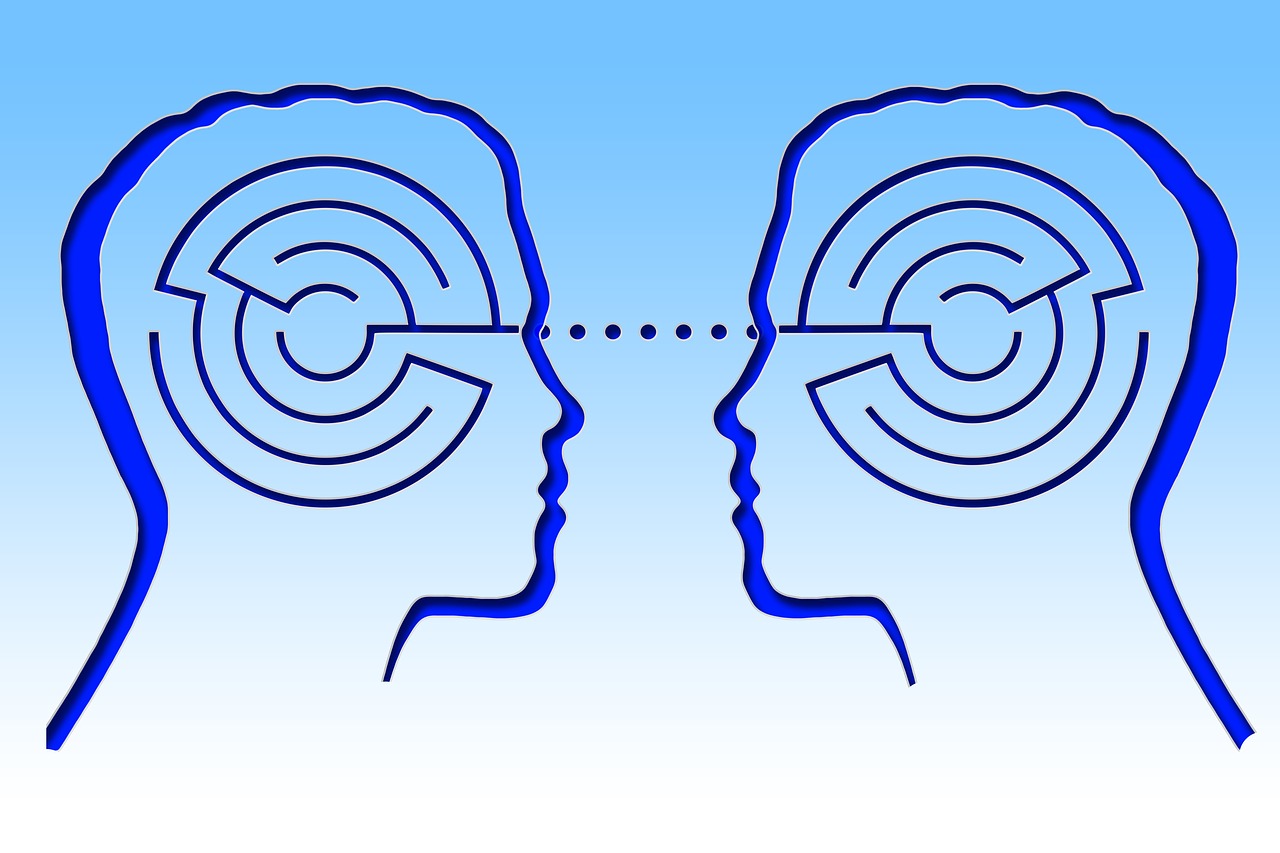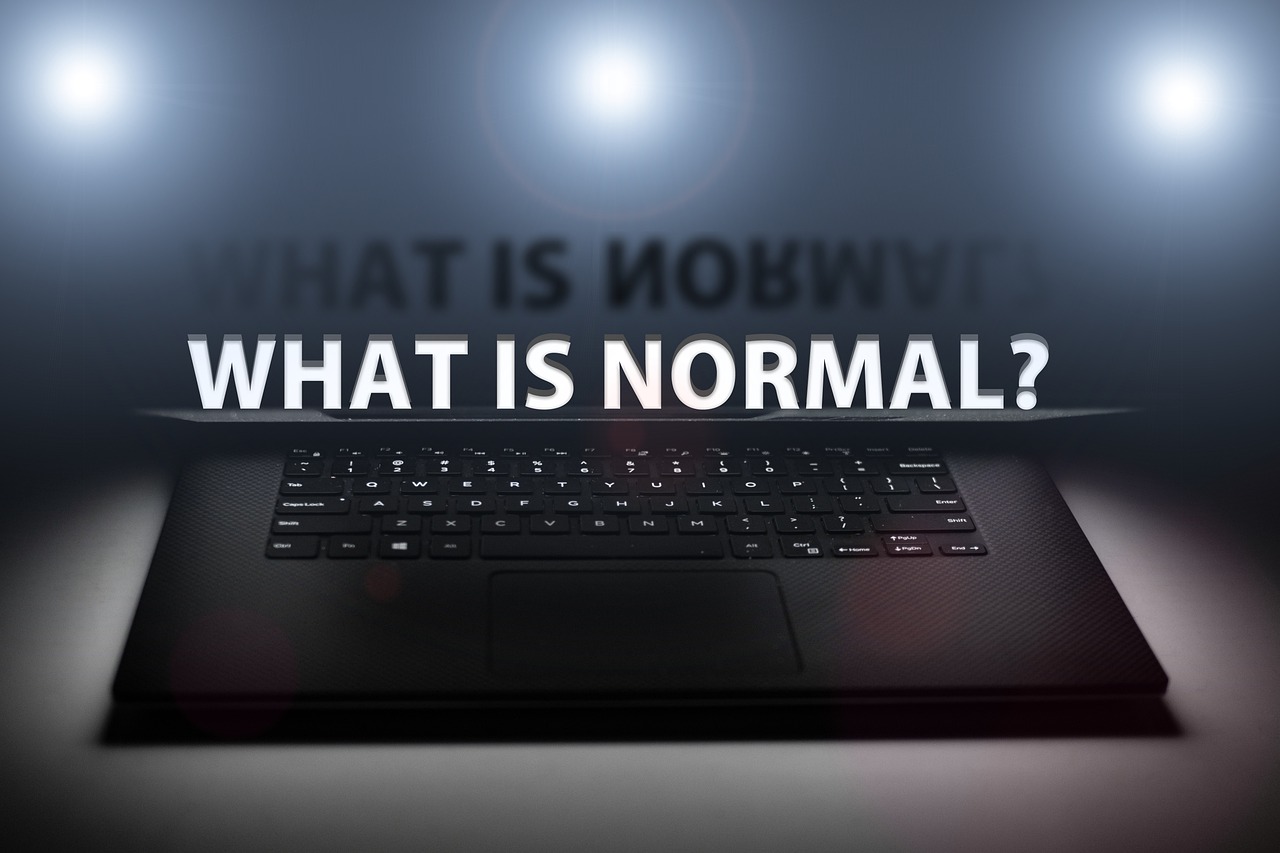
Given the opportunity, many of you would jump at the chance to read a new exciting imaging presentation of sarcoidosis or esthesioneuroblastoma. Sounds sexy, right? And I am the first to admit those disease entities seem attractive to me, something entirely different from the usual. But what about the seventeenth case of questionable overlapping shadows from soft tissue artifact versus pulmonary parenchymal disease at the left base on chest film? I mean, who cares about shadows at the bottom of the film, huh? We see them all the time. Or how about the 112th case of seeing a left adrenal gland that happens to have a medial limb that appears a little bit more concave than most others? I mean, this may not even register in our forethoughts as anything. However, I would argue that this second form of knowledge, what I like to call subconscious learning, is just as important, if not more so, than the sexy conscious education we all love to talk about every day- those cases of sarcoidosis and esthesioneuroblastoma. Nevertheless, many radiologist residents poo-poo, the second form of learning. I mean, why even bother with that other stuff when we can talk about that great case of esthesioneuroblastoma?
The Reality Of The Situation
Unfortunately, our reality as radiologists does not match the sexy image of a diagnostician frequently making unusual diagnoses. Instead, first and foremost, we are purveyors of normal findings that we register unconsciously every day.
For example, on any day that we may read a hundred chest films, only a small percentage, maybe 5 percent or less, will have these sexy undercurrents. The majority will have plain old garden variety mundane findings. But, it’s these common findings that we all need to either ignore or understand. If not, you will go down the tubes at your peril.
Why Is Subconscious Learning More Important?
So, why do I believe making these common subconscious findings that we gloss over during readout is more critical? Well, in reality, those findings that we see every day impact patient care more. Knowing whether that shadow at the lung base is significant on any given day may affect maybe 2 or 3 patients. On the other hand, that case of sarcoidosis, you may see a few times a month or year, or that case of esthesioneuroblastoma, you may see once or twice in a career (unless, of course, you work at an esthesioneuroblastoma center of excellence!)
Furthermore, overcalling findings can cause more harm to patients than you might think at first glance. For example, think about that patient with the adrenal gland with slightly increased concavity. You may send this patient to an MRI for an adrenal workup without knowing that this finding is within the normal range. And, of course, you find a nonspecific liver lesion. And guess what? Now you have to do a hemangioma scan. And the hemangioma scan comes back negative. The clinician then orders a biopsy, and the patient develops a subcapsular hematoma. And the complications roll on in “ad nauseum” at a cost to the patient and the health care system.
How Do We Increase Our Subconscious Learning?
I’ve said it before, and I will repeat it because it is that important. We have never found a substitute for sitting down (or standing up) and reading many films. You can only say what is within the normal range after seeing 10,000 livers, 85,000 heart shadows, and 12,000 gallbladders. And we accomplish that by registering these findings over time in our mental databank. No, it’s not glamorous, and our conscious brain may not realize it. But it works.
Conclusion
So, the next time you sit next to your radiology attending, think twice before you say that you will hit the books to increase your understanding of radiology. Truthfully, instead, you accomplish just as much by looking at your next case even though it is “nothing special.” No, you may not realize that you are learning anything new. And, no, it may not prepare you as much for the boards. But, over time, your subconscious learning will eventually win out. It is not only your sexy conscious knowledge but also your databank of common unconscious findings that will allow you to become the radiologist you want to be!











